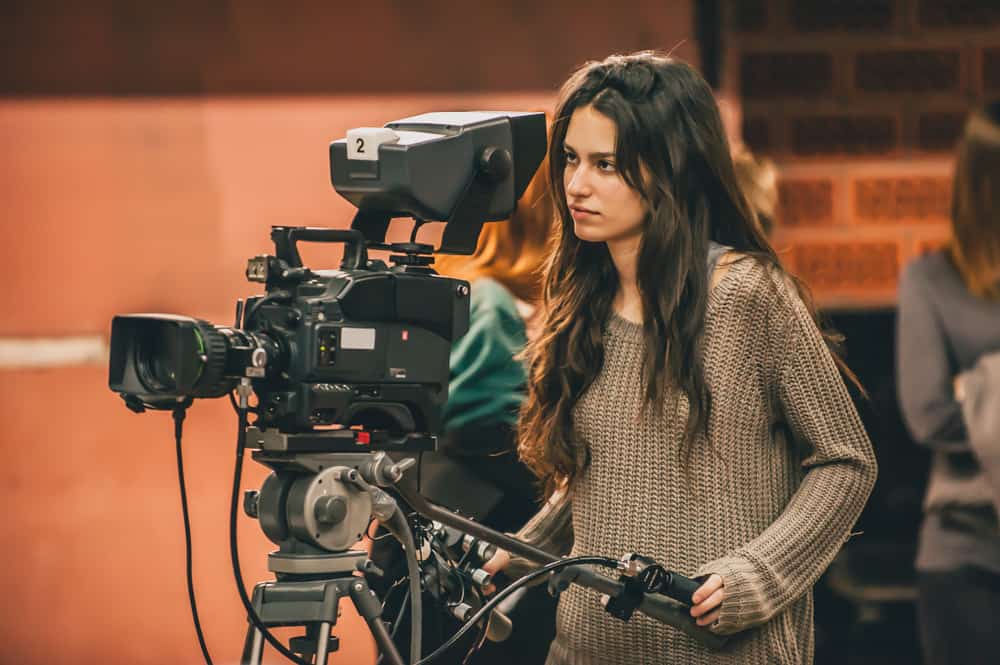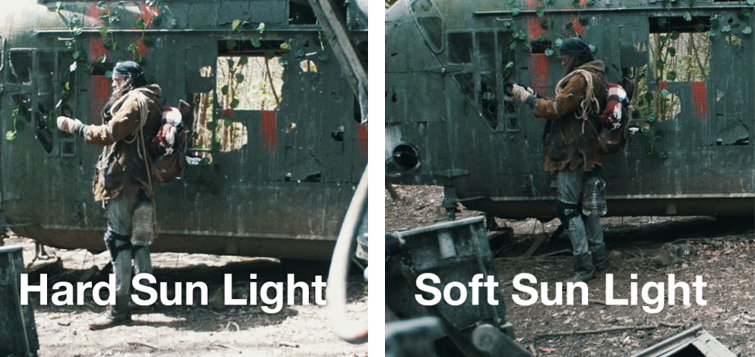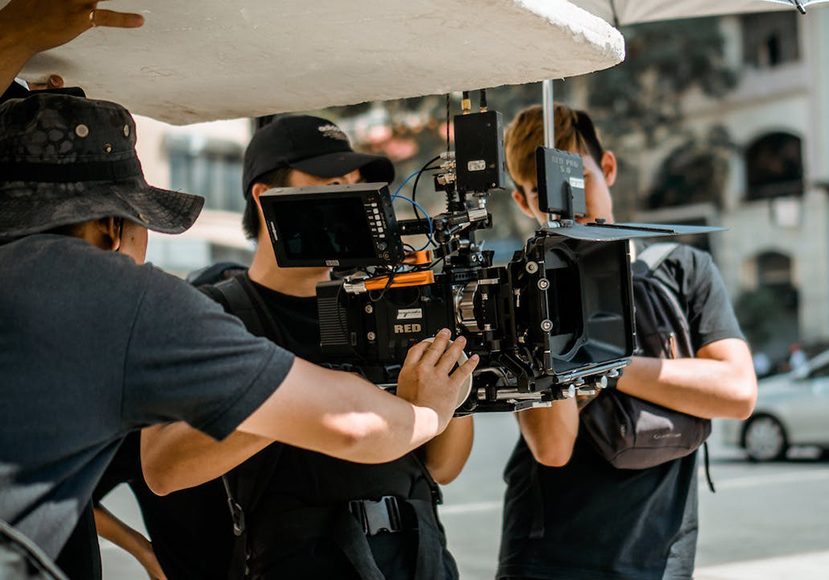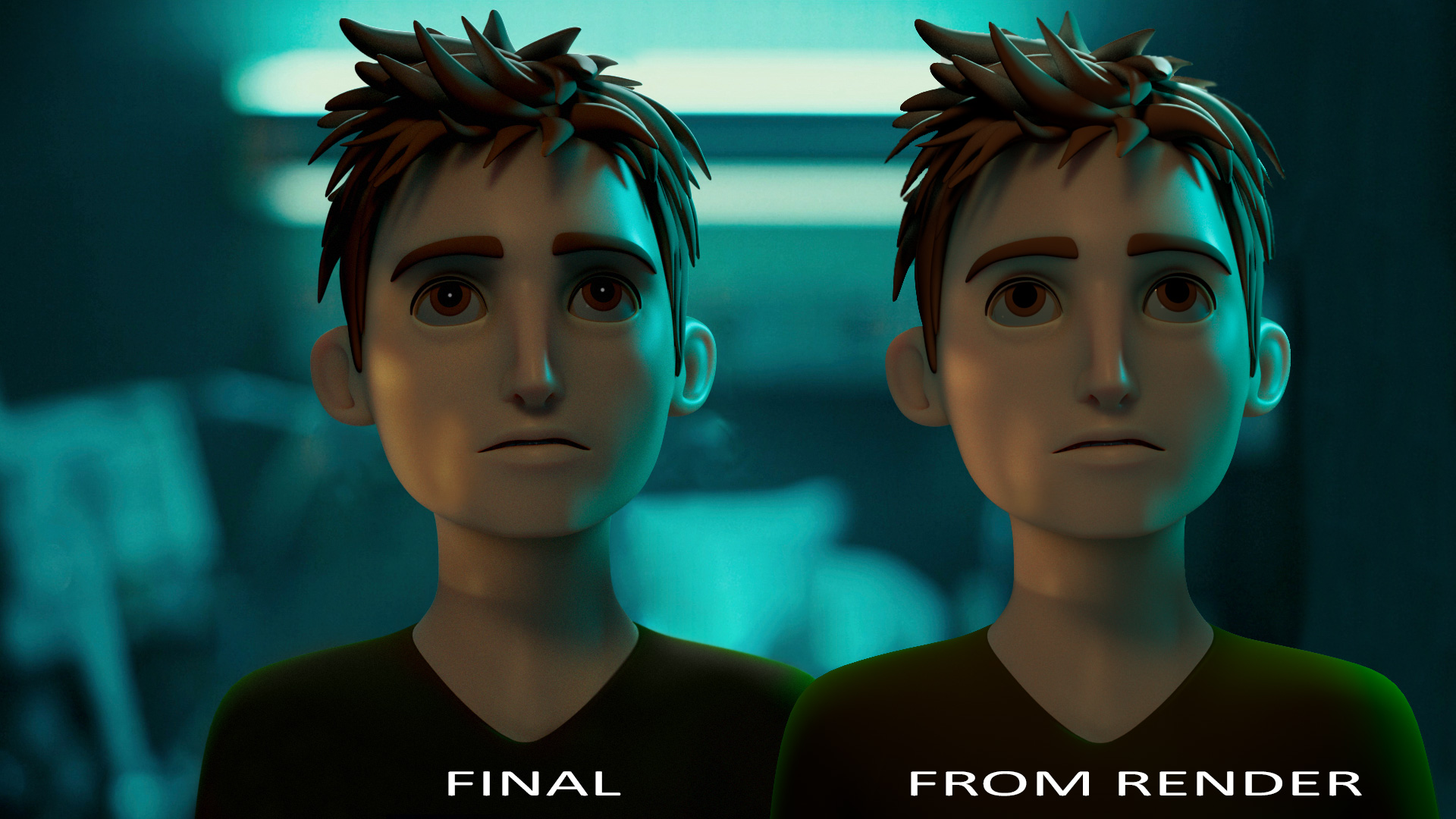What Does a DP Actually Do?

Visual Storytelling
Transform abstract concepts and emotions into compelling visual narratives that support the story's themes and character development.
Team Leadership
Lead and coordinate the camera and lighting departments, managing crews of 10-50+ people depending on production size.
Creative Collaboration
Work closely with directors, production designers, and costume designers to create a cohesive visual language for the film.
Technical Expertise
Master cameras, lenses, lighting equipment, and emerging technologies to achieve the desired visual aesthetic.



